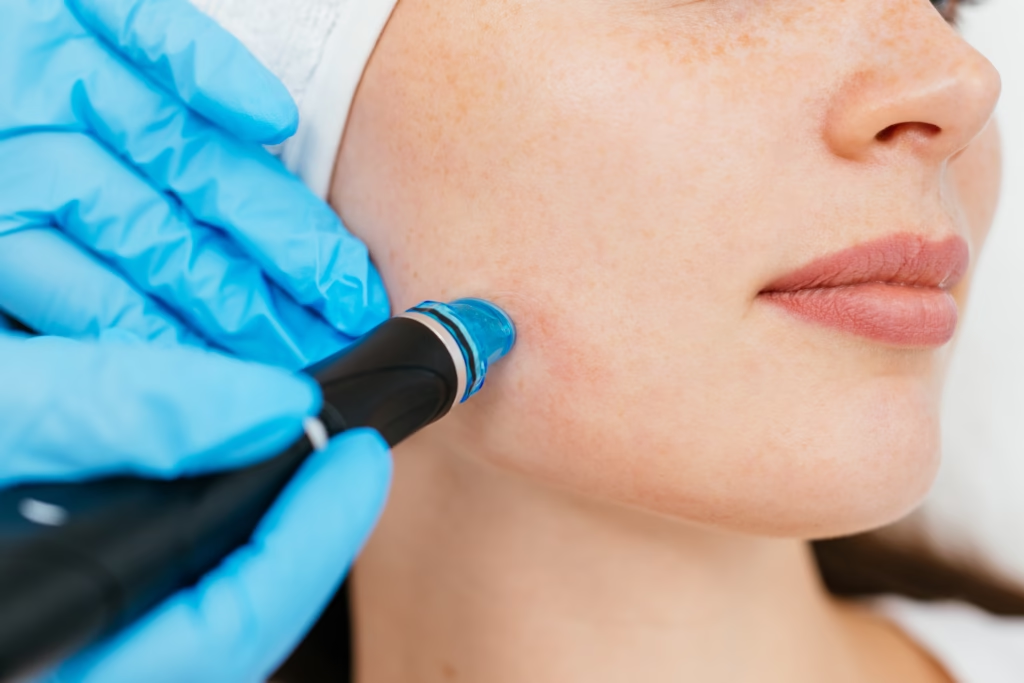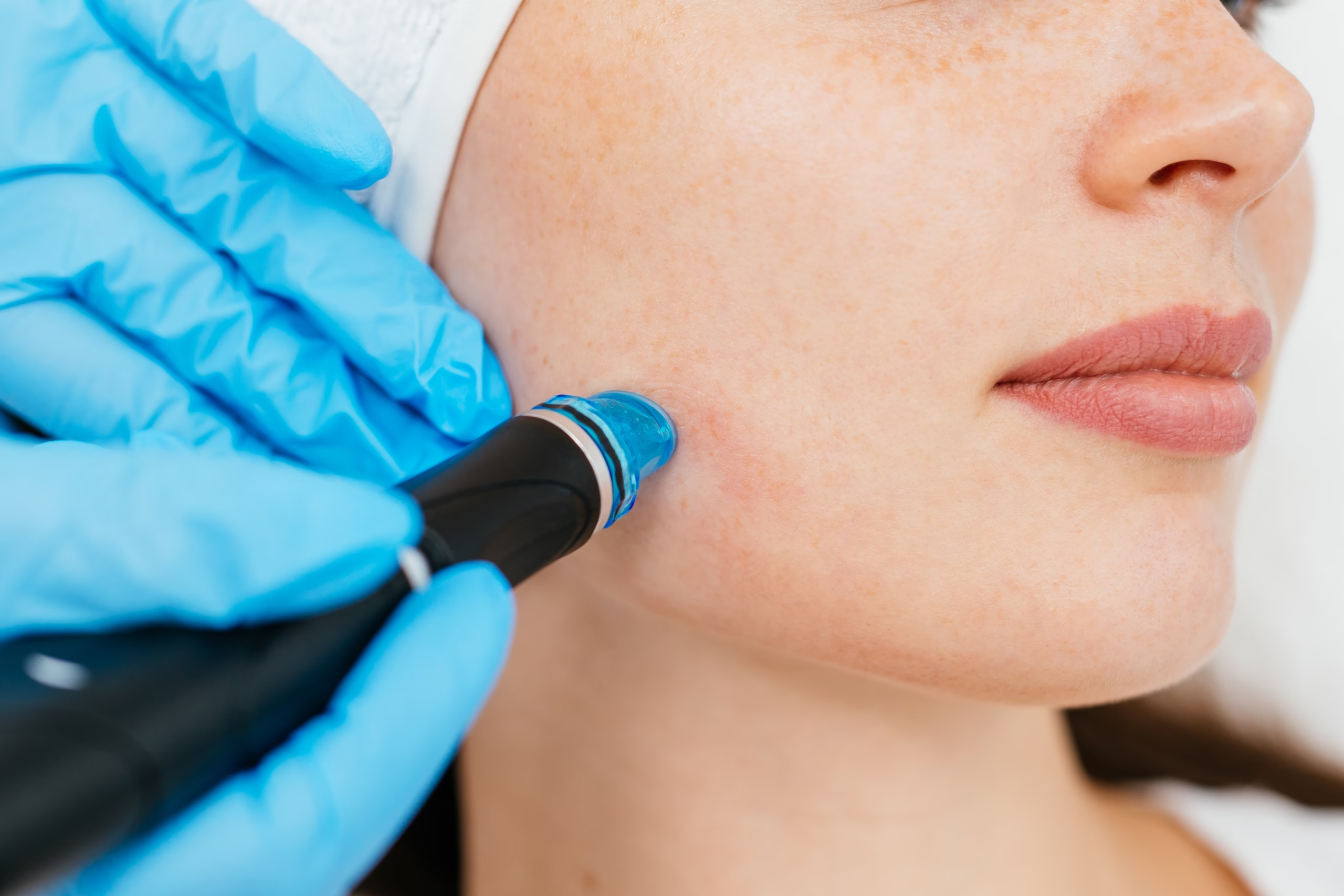Artificial intelligence (AI) is transforming healthcare, and dermatology is no exception. AI tools are revolutionizing how dermatologists diagnose skin conditions, making processes faster, more accurate, and accessible. By leveraging machine learning and image recognition, AI can analyze skin lesions, detect anomalies, and even predict potential risks with remarkable precision. As technology advances, AI is becoming an essential tool in modern dermatology practices, helping clinicians deliver better care to their patients.
What is Dermatology AI? Understanding the Technology Behind the Tools
Dermatology AI refers to artificial intelligence systems designed specifically to assist in diagnosing and treating skin conditions. These tools use deep learning algorithms, trained on large datasets of skin images, to identify patterns and detect abnormalities. Essentially, they mimic human dermatologists’ diagnostic processes but with enhanced speed and accuracy.
AI-powered tools can evaluate images of moles, rashes, or skin lesions, helping dermatologists make better-informed decisions. In simple terms, dermatology AI makes the diagnostic process more efficient and reliable, particularly when it comes to complex cases.
How AI is Transforming Dermatology Diagnostics
AI is offering several benefits in dermatology diagnostics, such as:
- Speed and Efficiency: AI can analyze thousands of images in seconds, providing quick results that would take human dermatologists much longer.
- Accuracy: AI tools are able to identify skin conditions with great precision. They can detect even subtle changes in the skin that the human eye might miss.
- Early Detection: Early diagnosis is crucial for conditions like skin cancer. AI tools can spot early signs of skin issues, enabling prompt treatment.
- Cost-Effective: With AI, dermatologists can reduce the time spent on routine image analysis, allowing them to focus on complex cases and improving workflow efficiency.
- Accessibility: AI tools can be deployed in areas with limited access to dermatologists, democratizing healthcare by providing patients with the option of remote consultations.
However, these benefits demonstrate how AI is changing dermatology for the better, leading to more efficient and accurate diagnostics.
Top AI-Powered Dermatology Tools for Accurate Skin Diagnosis
Several AI-powered dermatology tools have gained attention for their effectiveness in skin diagnostics. Here are some of the top ones:

- DermAI: This tool uses deep learning to analyze images of skin conditions. It helps dermatologists identify diseases like melanoma and other forms of skin cancer.
- SkinVision: A mobile app that analyzes photos of moles and lesions using AI to detect potential skin cancers.
- Mole Mapper: This app tracks changes in moles over time, allowing dermatologists to monitor any potential risks.
- VisualDx: An AI-based tool that helps healthcare professionals diagnose skin conditions by comparing patient images with a vast database of clinical cases.
These tools are leading the charge in improving the accuracy and speed of dermatology diagnostics.
AI in Dermatology
Early detection is crucial in dermatology, especially for conditions like melanoma, which can be life-threatening if not caught early. AI plays a critical role in this aspect. By analyzing high-resolution images of the skin, AI can detect changes that are often invisible to the naked eye. It can identify potential risks in the early stages, allowing dermatologists to act quickly. As a result, the chance of successful treatment increases significantly, offering patients better outcomes.
How AI is Advancing Dermatology: Case Studies and Success Stories
AI’s impact in dermatology can be seen in several real-world case studies. For example, at Epiphany Dermatology, AI tools are being used to analyze images and detect conditions like melanoma. These tools have allowed dermatologists to identify early-stage cancers that might have otherwise gone unnoticed. In Forefront Dermatology, AI-based diagnostic systems are enhancing efficiency and accuracy in patient assessments.
Although, Patients benefit from faster diagnoses, which translate into more timely treatments. These case studies highlight how AI is already advancing dermatology practices and improving patient outcomes.
Key Trends in AI Tools You Should Know About
The AI dermatology field is seeing some exciting trends:
- Integration with Telehealth: AI is becoming a key part of telehealth consultations, offering patients the ability to receive expert dermatological advice from the comfort of their homes.
- Increased Accuracy: As AI models are trained on larger and more diverse datasets, they’re becoming more accurate in diagnosing a wider range of skin conditions.
- AI and Robotics: The combination of AI with robotic technologies could soon allow for automated procedures, reducing human error in surgeries.
- AI in Skin Cancer Screening: AI tools specifically designed for early detection of skin cancer are gaining traction, helping dermatologists identify the most subtle signs of melanoma.
However, these trends indicate how rapidly dermatology is evolving with the help of AI.
What Dermatologists Need to Know About AI in Skin Care
Dermatologists need to understand both the opportunities and challenges of AI in their practice. While AI can significantly enhance diagnostic accuracy and efficiency, it’s essential that dermatologists use it as a complementary tool, not a replacement for human expertise. They should also be aware of the ethical considerations, such as data privacy and the potential for algorithm bias.
Although, training and staying updated with the latest advancements in AI will be key for dermatologists looking to integrate AI effectively into their practices.

